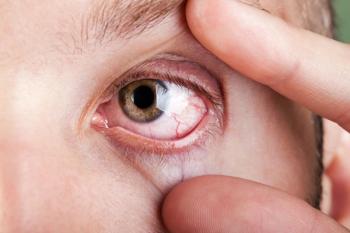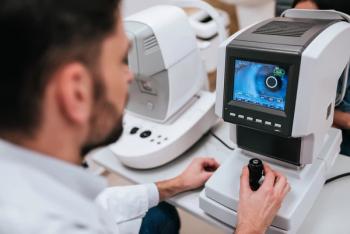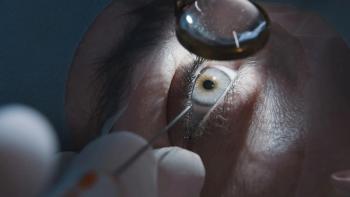
Contact lens regimen crucial in removing coronavirus traces
A new study has found that having a contact lens regimen makes a difference when removing coronavirus particles, as well as the type of lens care solution that is used.
New research conducted by the University of Waterloo Department of Chemical Engineering and the Centre for Ocular Research & Education (CORE), has found that human coronavirus can be easily removed from
In particular, investigators reported that rub and rinse steps are critical for non-oxidative systems, while products that contain hydrogen peroxide and povidone-iodine were found to remove containments though soaking alone.
The study, titled “The impact of a rub and rinse regimen on removal of human coronavirus from contemporary lens materials,” was
With there currently being limited data on the attachment of viruses such as the coronaviruses in relation to lens materials, researchers sought to assess attachment bonds with two seasonal human coronaviruses — HCoV-229E and HCoV-OC43 — to act as replacements for SARS-CoV-2. This allowed for less pathogenicity while still being in the same family with similar structures, according to a news release.
The investigators selected 8 soft contact lens materials, which included silicone hydrogels, as well as 4 rigid gas permeable (RGP) contact lens base materials (with and without a hydrophilic coating) were contaminated and then soaked in a phosphate-buffered saline, according to the release.
Investigators reported that, although viral particles were recovered when the lenses were removed from the passive saline soak, there was no detectable virus that remained when the lenses were either rinsed once, rinsed twice, or experienced rub-and-rinse treatment.
Because the simple saline rinse by itself removed both virus types from all materials, investigators then selected two representative soft lens materials — one hydrogel and one silicone hydrogel — to assess care system efficacy for the elimination of HCoV-229E. They also selected four representative contact lens care products (two oxidative and two nonoxidative).
The results included both oxidative disinfection systems reducing the number of infectious viral particles that adhered to each material below the limit of quantification through soaking alone, the release stated. Further, the non-oxidative disinfection systems needed a rub and rinse step in order to do the same.
CORE Director Lyndon Jones, PhD, DSc, FCOptom, a co-author on the study paper, said the results indicated that human coronaviruses bind quite loosely to contact lens materials, which should provide peace of mind for the eye care community and wearers, as long as proper care occurs.
“Practitioners and manufacturers need to continue emphasizing the importance of following disinfection regimens, especially ensuring that a rub and rise step occurs prior to overnight disinfection when using non-oxidative systems,” he stated in the release.
Newsletter
Want more insights like this? Subscribe to Optometry Times and get clinical pearls and practice tips delivered straight to your inbox.





